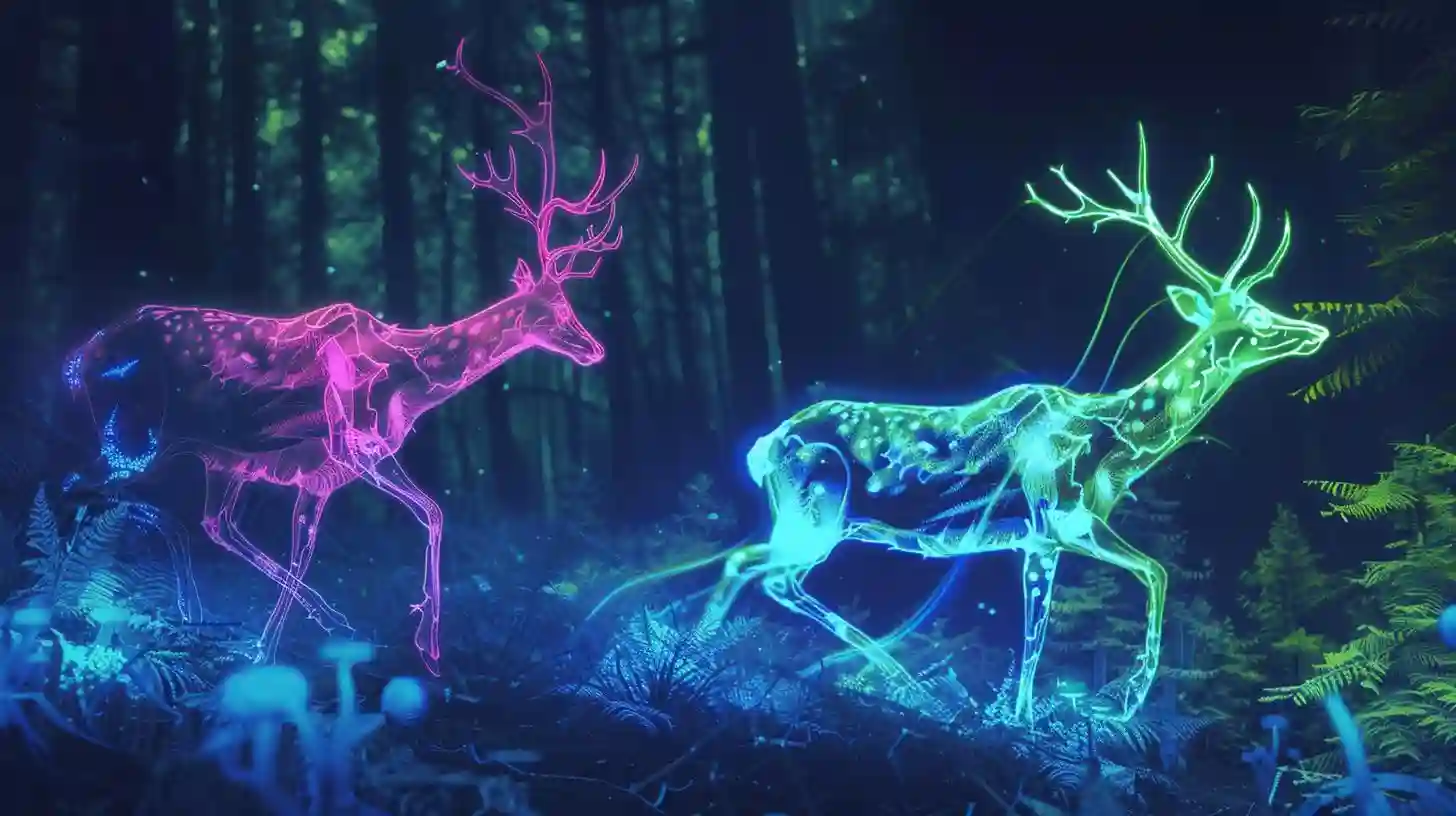
Elk, also known as wapiti, are native to North America and Asia. In North America, they can be found in a variety of ecosystems, from forests to grasslands. Elk are a species of deer belonging to the family Cervidae.
Elk breeding season, also known as the rut, typically occurs in late summer to early fall. During this time, male moose, known as bulls, compete for the attention of female moose, known as cows. Bulls will honk loudly, rub their antlers against trees, and engage in physical contests to establish dominance and gain the right to mate.
Once a dominant bull has acquired a group of females, or a harem, he mates with them several times. Female moose have a gestation period of about 8-9 months and typically give birth to a single calf in the spring. Calves are usually born with a spotted coat, which helps them blend in with their environment and avoid predators.
Elk populations have faced challenges due to habitat loss, hunting, and competition with other species. Efforts have been made to conserve moose populations, and some populations have been successfully reintroduced into areas where they had been extirpated.